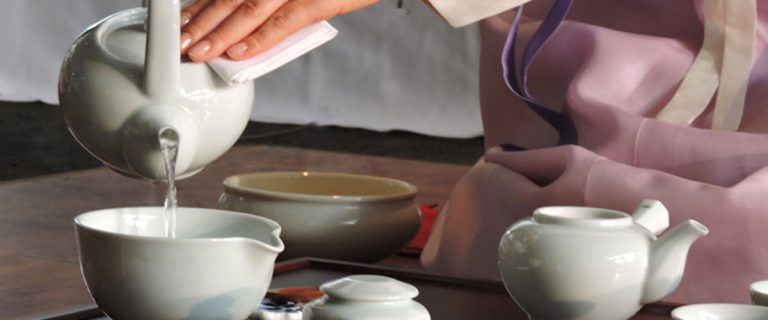From being accidentally discovered in ancient China to becoming the world’s most widely consumed beverage after water, tea has come a long, long way. While the traditional tea drinking method is revered by purists and connoisseurs alike, one cannot ignore other interesting tea routines that have developed the world over. Some are relatively straightforward whereas others may easily be perceived as absurd. Either way, here are a few tea cultures that caught our attention.
Tea Cultures of the World
Russia
It may come as a surprise to most that Russians like their tea as much as their vodka. In fact, their day starts and ends with tea spread out over numerous cups. Russians love their tea black, sweetened with honey or sugar. A notable feature of Russian tea culture is the two-step brewing process. Hot water from a large pot called Samovar is used to top off the tea concentrate called Zavarka. Russian tea is usually accompanied by a variety of sweet cakes, sandwiches, cookies and jams. One such accompaniment is Smetannik, a traditional Russian cake whose recipe can be found here.
Korea
Even though tea arrived in Korea from China a very long time ago, it wasn’t until the 1970s that Korea began to develop its own definitive tea ceremony, Darye which roughly translates to ‘day tea rite’ or ‘etiquette for tea’. Equipment for the ceremony is aesthetically simple made of earthenware or stoneware. Darye is performed on a mat or low table covered with a linen tablecloth. Importantly, the tea used in Darye is Korean green tea, also known as Panyaro tea. You can read about the entire ritual here.
Japan
The Japanese tea ceremony is called Chanoyu, Sado or Ocha. It is a choreographed ritual of preparing and serving Japanese green tea called Matcha together with traditional sweets to balance the tea’s bitter taste. The Japanese tea culture also known as the Way of Tea is carried out with an objective to create a relaxed environ of communication between a host and his guest/s. It is based, in part, on the etiquette of serving tea (Temae) but also includes intimate connections with architecture, landscape gardening, unique utensils, paintings, flower arrangement, calligraphy, Zen Buddhism and other elements that coexist in harmony with the ceremony.
India
Chai is synonymous with the Indian way of life. From roadside dhabas to catching up over a cup, chai is India’s favourite fuel. A blend of black tea, milk and sugar, tea and chai almost always mean the same thing. Across the country, the tea culture in India includes Chai being paired with spicy savories like pakoras, nimki, to name a few. Crispy, crumbly cookies like rusk biscuits are also popular chai-time accompaniments. You can often find spices and condiments such as cardamom and ginger in what is popularly known as masala chai.
United Kingdom
The British tea culture is the most prominent feature of the British society. High tea traces its roots to the practices of working class families in the UK, who would gather together in the evening to enjoy tea served with a heavy meal that was inclusive of meat dishes, vegetables and baked food. Workers who used to travel long distances to work got into the habit of eating a small meal at about six in the evening. It was a feast of fresh and simple homemade food that included cold meat, pies, tarts, salads and sandwiches, leading to it being called ‘meat tea’ as well. The higher class soon caught on including foods like scones, cupcakes, salmon, ham and roast beef to their afternoon tea session, making it a mini meal of sorts. This was soon christened as ‘High Tea’ because everything was served on a high dining table.
China
The Chinese tea culture is the oldest tea culture in the world as it was in this very region that tea was first discovered. Traditional Chinese tea ceremonies are often held during formal occasions like Chinese weddings, but they are also done to welcome guests into one’s home. As part of the ceremony, tea (traditionally oolong tea) is passed around for participants to examine and admire its appearance, aroma, and quality. It is an elaborate process that involves selection of tea leaves, brewing to perfection, appreciating the tea and consuming it in three sips. Once the tea leaves have been brewed several times, the used tea leaves are placed in a bowl and shown to guests who compliment the tea’s quality. The tea ceremony is officially complete with this step but more tea can be made after cleaning and rinsing off the teapot.
So here you have it. A brief of tea cultures around the world. Although each tea drinking culture may differ from one another, one thing is common – tea is a popular beverage that is consumed and enjoyed by many cultures around the world.

Comments are closed.